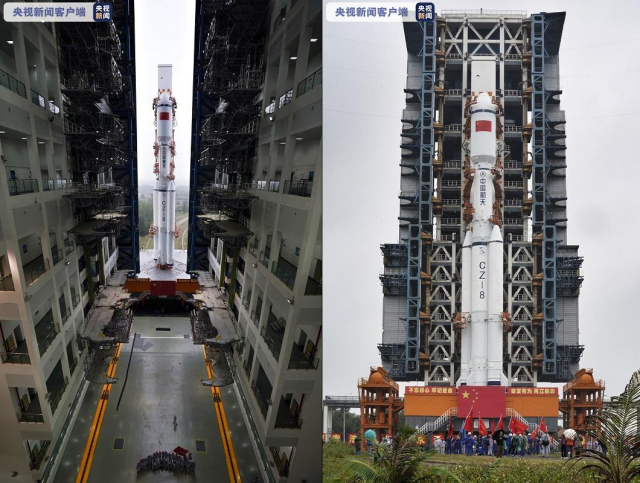Beijing. February 27. INTERFAX - China has put 22 satellites for remote sensing of the Earth into low Earth orbit using the Changzheng-8 launch vehicle, the Chinese Global Television Network (CGTN) reported on Sunday.
The rocket launched from the Wenchan Cosmodrome, located on Hainan Island at 11:06 Beijing time (06:06 Moscow time). Fifteen minutes after the launch, all 22 satellites were successfully sent to their intended orbits.
Ten Jilin-1 Earth remote sensing satellites were put into orbit. The devices of this series have the tools for surveying the Earth's surface in high resolution (up to 0.75 meters) and can receive hyperspectral data for monitoring the environment and natural resources.
In total, the satellite grouping "Jilin-1", according to the plan of the customer company Changguang Satellite Technology, will include 138 devices. Their main task is constant monitoring of the Earth's surface. For its creation, the company was allocated funding in the amount of about 2.4 billion yuan (27 billion rubles).
In addition to them, the Tianxian spacecraft was launched into orbit, using the aperture radar synthesis technology to photograph the Earth in high resolution, regardless of the height of the apparatus, weather conditions and illumination of the object being photographed, as well as two remote sensing satellites of the Taixin series, one of which uses the same technology as the Tianxian.
Separate remote sensing satellites were also launched: the Dayun spacecraft, the Qimingxing and Tianqi-19 nano-satellites, XD-1, Tiansuan, and two satellites of the Hainan and Wenchan series developed by the Chinese Academy of Sciences.
The Changzheng-8 launch vehicle was developed by the Chinese Research Institute of Rocket Technology (CALT), a subsidiary of CASC. According to the National Space Administration of the People's Republic of China, it is capable of launching a payload weighing about 4.5 tons into a 700 km high sun-synchronous orbit.

